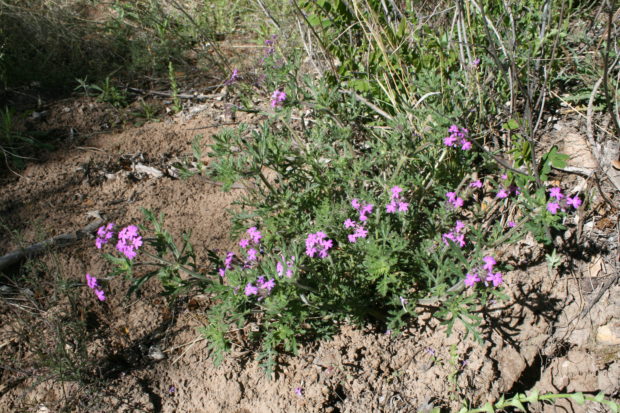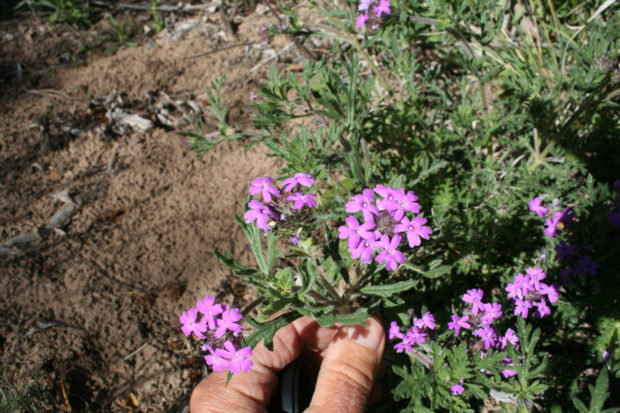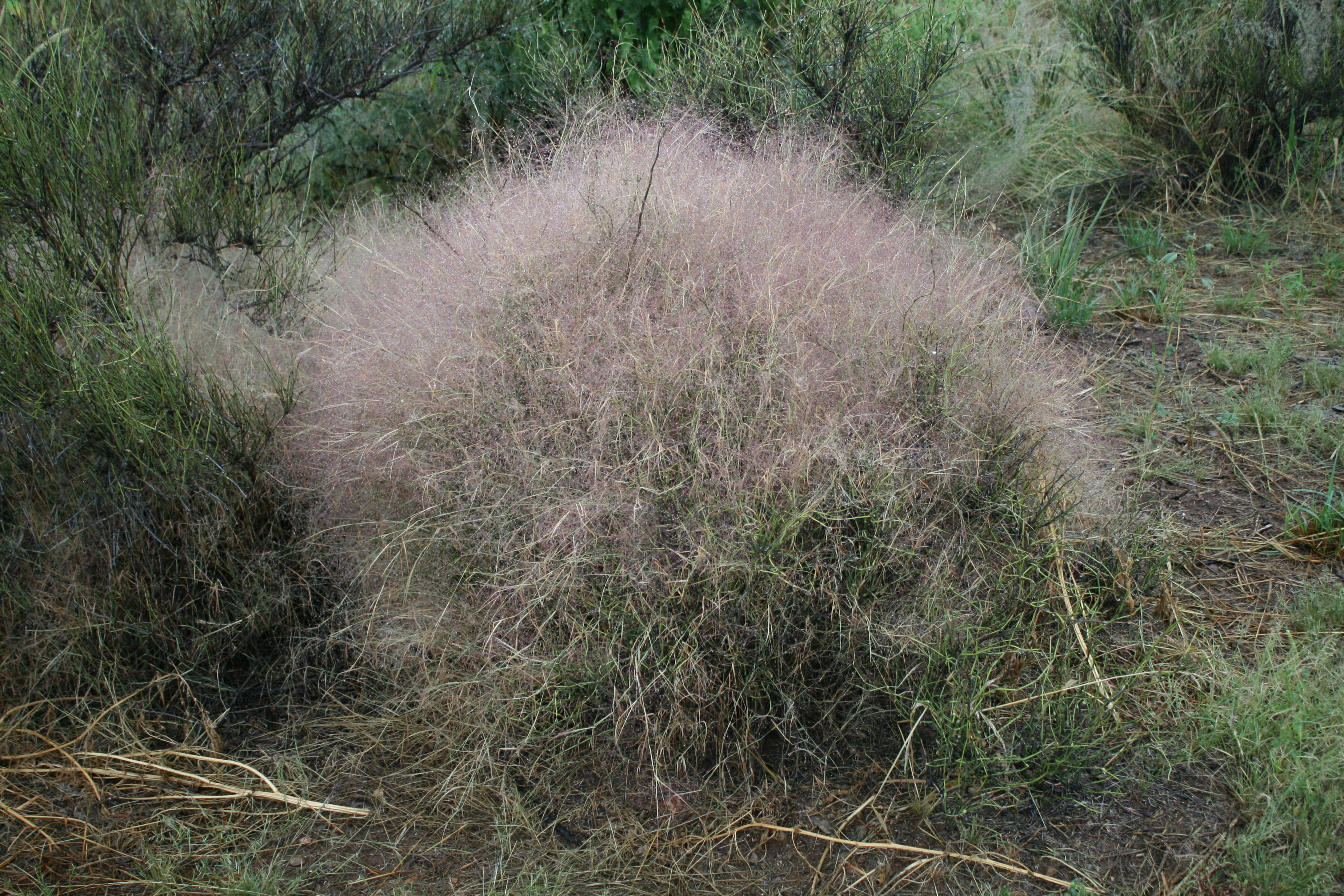Dear listeners, I wrote and produced this show in 2019, so it’s a Re-Petey. I’m using old shows right now as I isolate at our home near the banks of the Ol’ Guajolote and figure things out and no, I am not driving across the valley to work, but staying right here. The good news for me is that thanks to winter rains and snow in the mountains the creek is running again this year. We are so lucky and everyday we make sure to wander along that flowing creek and look for new plants along its banks or new foot prints in mud at the water’s edge.

Depending on which flora or field guide you pick up, Glandularia bipinnatifida var. ciliata can be found from 2,000 ft. to 10,000 ft. in elevation and has a wide range in the US and no doubt southward, and so you hear common names like Dakota vervain, prairie vervain, prairie verbena, Dakota verbena, mock vervain, or moradilla. I was thinking of giving it my own common name of glandy vervain (cool, right?), but Dakota verbena came up the most times in my quest for a common name, so I guess I’ll call it Dakota verbena. And as prevalent as this verbena is in the mountains and hills above us, this is a new species for the creek banks near our home. I suspect seed came down from the hills in the flood of August 2017. That flood created new channels and banks where we now find this beautiful wildflower.
The photos are mine and were taken along the Ol’ Guajolote. Oh, and yes I did grow some from cuttings!


Bush muhly is the species Muhlenbergia porteri. There are over 40 species of muhlys found in Arizona and the southwest. It would be hard...

I was mistaken about Arivaca’s vulture celebration. It is not early March, but later in the month. Apologies to them, but hey, the good...

My morning ditties are not nearly as amazing as the song of a curved bill thrasher, but they help me begin the day. If...